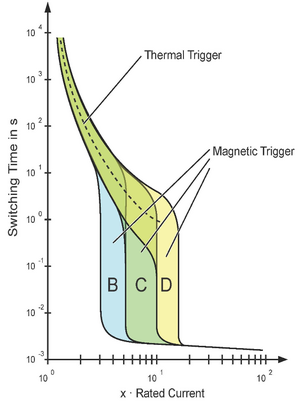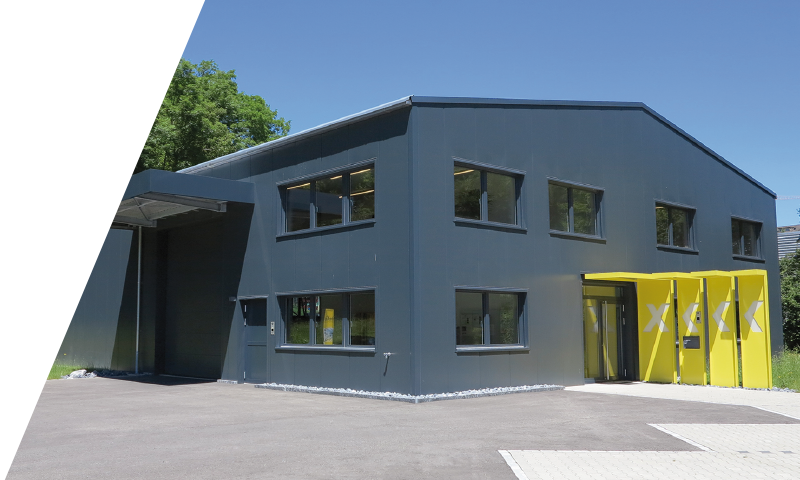
- Home
- Products
- DC/DC Converter Railway Input: 24 V, 36 V, 72 V, 110 V - Chassis mount.
- DC/DC Converter Railway Input: 24 V, 36 V, 72 V, 110 V - Open frame.
- DC/DC Converter Railway Input: 24 V, 36 V, 72 V, 110 V - DIN Rail.
- DC/DC Converter Railway Input: 24 V, 36 V, 72 V, 110 V - 16.8 kVAC Isolation.
- DC/DC Converter Railway Input: 750 V, 1500 V.
- DC/DC and AC/DC Converter Custom.
- DC/DC and AC/DC Converter Retrofit.
- DC/DC and AC/DC Converter Medical.
- UPS Uninterruptible Power Supply.
- USB Charger Railway.
- Applications
- Resources
- Active Inrush Current Limiter.
- Operating temperature -50°C.
- Galvanic isolation up to 16.8 kVAC.
- Insulationtest DC-DC Converter EN/IEC 60950-1 and IEC 62368-1.
- Mechanics.
- Power Boost - double output current at overload and short circuit.
- Circuit Breaker for DC-DC Converter – how to select.
- Power Modules vs. Complete Power Supply Units.
- Standards
- About intreXis
- News
- Contact

Circuit Breaker for DC-DC Converter – how to select

Circuit breakers are designed to protect an electrical circuit from damage caused by excess current from an overload or short circuit. If a circuit breaker detects such a fault, it switches automatically off to interrupt the current flow.
The most used ones are the thermal magnetic circuit breakers. They have two different tripping (switch-off) mechanisms:
1) Magnetic tripping: Fast tripping caused by large peak-currents. Only current dependent. Used for short-circuit protection.
2) Thermal tripping: Slow tripping caused by temperature rise, responding to less extreme but longer-term over-current conditions. Current and time dependent. Used for protection against overload.
Combining the thermal and magnetic tripping results in the overall time-current tripping curves. The circuit breaker must be chosen adequately, based on expected peak-loads and average loads of the application, which both must pass and not trip the circuit breaker. At the same time a disconnection must be ensured in the event an overload or short-circuit event.
Please refer the circuit breaker recommendation in the intreXis DC-DC Converter product datasheet.
>> download the intreXis Whitepaper "how to select a circuit breaker for intreXis DC-DC Converter"
About Intrexis
Power Supplies for Railway Applications
Driven by our passion for technology and performance, here at intreXis, we are constantly researching ways to develop more efficient and improved solutions for our products.That is why intreXis Power Supplies now provides the most complete portfolio for railway applications on the market today.

